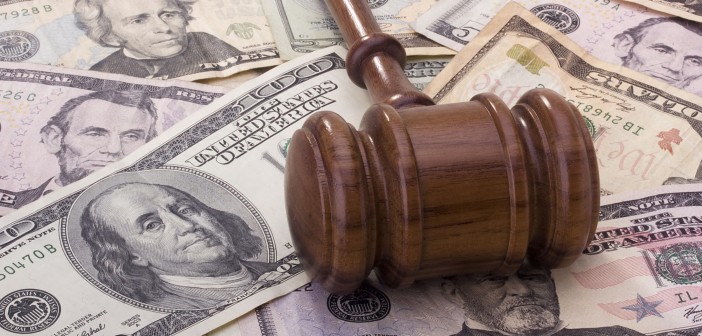Consumer debt is at an all time high, according to the U.S. Federal Trade Commission. Many women and men find themselves faced with the prospect of possibly seeking bankruptcy relief. Before heading to the courthouse, a person needs to give serious consideration as to whether or not bankruptcy is even a realistic option.
Debts Not Dischargeable
Discharge is defined in the U.S. Bankruptcy Code as the order of a bankruptcy court relieving a debtor of responsibility for a debt. As part of the process of considering whether or not bankruptcy really is an option for an individual, consideration must be made as to whether or not a consumer’s debts really are subject to discharge in bankruptcy.
In 2005, the U.S. Bankruptcy Code was tightened, making it harder for a consumer to obtain a discharge of certain types of debts. For example, an individual considering bankruptcy with a large amount of credit card debt may find that those liabilities will not be discharged in bankruptcy. In addition, debts like student loans and taxes are not subject to discharge in bankruptcy.
If a person’s debts consist of credit card obligations, student loans and taxes, the provisions of the Bankruptcy Code may not provide such an individual much, if any, relief. Other options in place of bankruptcy would need to be explored in such a situation.
Other Limitations
There are other restrictions that have been placed on consumer bankruptcies. For example, if a person has filed for bankruptcy in the past, he or she is precluded from doing so again within a specific period of time set forth in the Bankruptcy Code. In addition, if an individual wants to pursue a bankruptcy, he or she must participate in an approved credit counseling program in advance of pursuing this type of legal action.
The Assets Versus Debts Calculation
Even though an individual may feel overburdened by debt and in need of bankruptcy, a prime consideration as to whether or not bankruptcy relief will be granted in a specific case is a consideration of a person’s overall assets and debts. In addition, the court will look at a person’s income or other sources of revenue.
Although a person may feel overburdened by debt, by living within a responsible budget, that individual very well may be able to deal with financial obligations without the need for intervention by the Bankruptcy Court. With this in mind, a person must make an honest assessment of his or her actual financial status before moving towards filing for bankruptcy.
Type of Bankruptcy
If a tentative decision is made that bankruptcy is an appropriate option, a consumer needs to consider which type of bankruptcy is most suitable to his or her situation. There are two types of bankruptcies available to consumers: Chapter 7 and Chapter 13.
In a Chapter 7 bankruptcy, a consumer is able to obtain a discharge (or relief) from most or all of his or her debt. In a Chapter 13 bankruptcy, a consumer develops a payment plan through which most or all of his or her debts are paid off over a period of time. The bankruptcy court approves the payment plan. A bankruptcy trustee supervises the plan. In some cases, a consumer qualifies for a Chapter 13 bankruptcy, with its repayment plan, but not a Chapter 7 bankruptcy.
Legal Representation
As a consumer considers whether or not bankruptcy is a possible option, that individual should consider seriously scheduling a consultation with a qualified, experienced bankruptcy lawyer. According to the Law Office of Debra J. Venhaus, “Most bankruptcy attorneys schedule no-obligation, no-cost consultations to assist a person in making decisions regarding the availability of bankruptcy as a viable debt relief option.”




